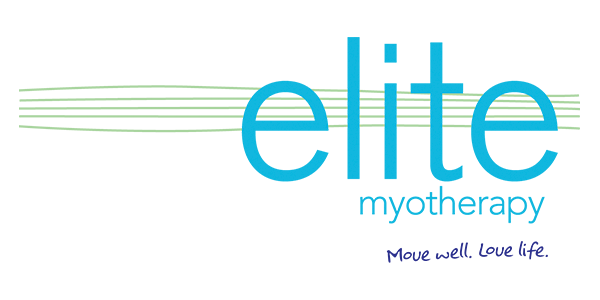Corrective exercise is a highly effective approach designed to improve strength and flexibility, while also providing significant relief from pain and discomfort. This method focuses on identifying and correcting muscular imbalances and dysfunctional movement patterns that are often the root causes of pain and limited mobility.
Corrective Exercise Benefits
Reduces Pain and Discomfort: By addressing the underlying imbalances that cause pain, corrective exercises can provide immediate relief and long-term solutions to chronic discomfort.
Improves Posture and Alignment: These exercises help in realigning the body, thereby improving posture. Good posture is essential for reducing strain on muscles and joints, and for preventing future injuries.
Enhances Mobility and Flexibility: Corrective exercises work to increase the range of motion in joints and flexibility in muscles, leading to better mobility and reduced risk of injuries.
Increases Strength and Stability: By targeting specific muscle groups, these exercises strengthen muscles and improve overall stability, which is crucial for both everyday activities and athletic performance.
Prevents Future Injuries: By correcting imbalances and strengthening the body, these exercises reduce the likelihood of future injuries, particularly those related to repetitive movements or poor posture.
Role of Myotherapists in Corrective Exercises
Assessment and Identification: Myotherapists begin with a thorough assessment to identify any muscular imbalances, postural issues, or movement dysfunctions. This assessment is crucial in designing an effective corrective exercise program.
Personalized Exercise Programs: Based on the assessment, myotherapists design tailored exercise programs that specifically address the client’s unique needs, focusing on correcting the identified issues.
Guided Exercise Execution: Myotherapists provide guidance on how to properly perform these exercises, ensuring that clients are executing them correctly to maximise benefits and minimise the risk of injury.
Progress Monitoring: They regularly monitor the client’s progress and adjust the exercise program as needed, ensuring that the exercises remain effective and appropriate for the client’s evolving condition.
Holistic Approach: Myotherapists often incorporate other therapeutic techniques alongside corrective exercises, such as massage or dry needling, to provide a holistic approach to treatment.
Education and Empowerment: Myotherapists educate clients about their body mechanics and how to maintain proper posture and alignment in daily activities, empowering them to take an active role in their own health and well-being.
Incorporating corrective exercises into a treatment plan, especially under the guidance of a skilled myotherapist, can lead to significant improvements in pain relief, body function, and overall quality of life. This approach not only addresses current discomfort but also equips individuals with the knowledge and tools to maintain a healthier, more balanced body in the long term.







